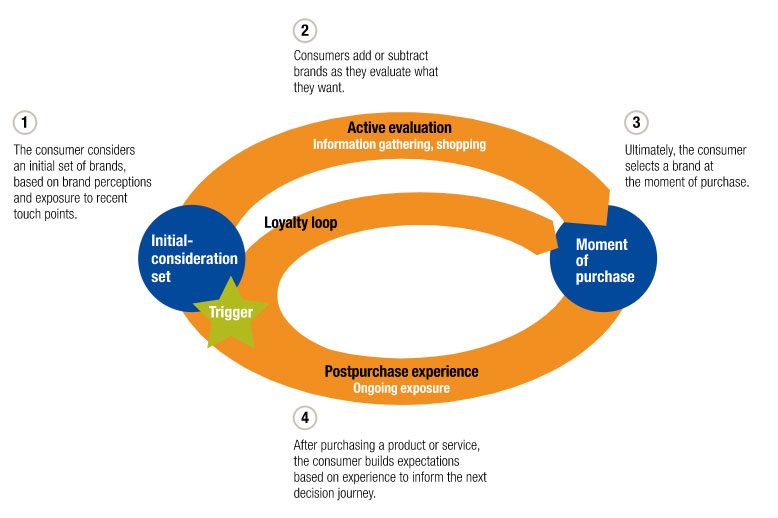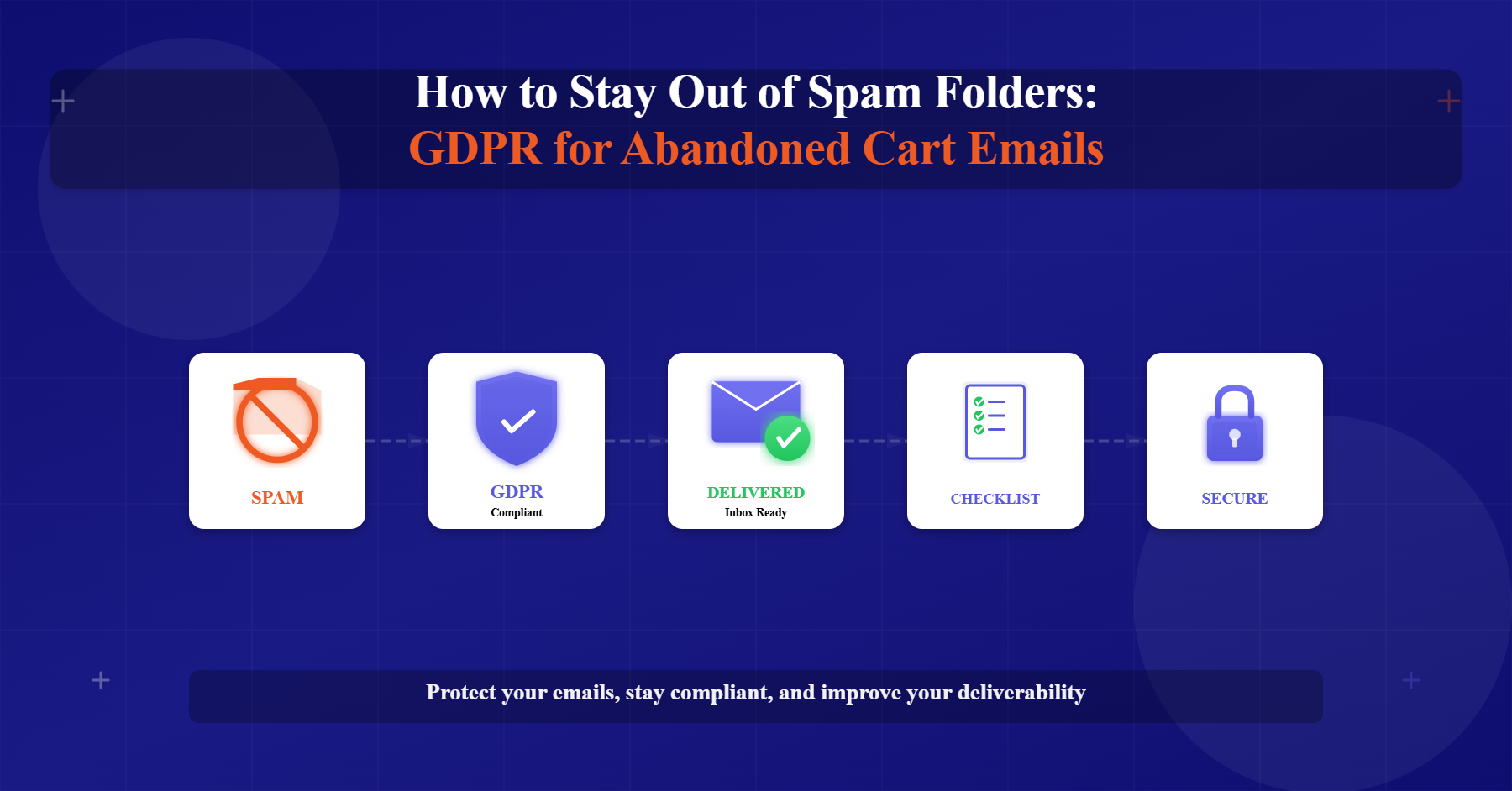Negative reviews can scare the living daylights out of several store owners. Oftentimes, businesses feel threatened by unfavorable reviews for a combination of reasons including inability to fully comprehend the problem and wrongly dismissing certain shoppers as being high-maintenance. This article sets out to dispel the fear about negative reviews.
Learn about:
- The evolution of consumer behavior
- What motivates customers to write reviews?
- Why do customers write negative reviews?
- Interpreting negative reviews
- Responding to negative customer reviews
The evolution of consumer behavior
The world economy has undergone incredible transitions since the prehistoric Stone Age.
Responding to consumer demands that ensued industrial advancements, businesses that merely sold goods began providing services, setting the stage for service economy. With the maturation of technology, experience economy gestated towards the end of the 20th century. Companies are now making capital out of this singular economic offering by meticulously crafting meaningful experiences for their buyers. At this point, the pertinent question is “What passes as good customer experience?”
It was not until the 1950s that consumer behavior was taken up as an independent field of study. Yet, the most remarkable changes in customer behavior have occurred in the last two decades. With millennials and Generation Z entering the workforce, consumer spending has risen to one trillion dollars. It is therefore unambiguous for a brand that wants to pronounce its distinction, to commit to designing extraordinary customer journeys. Modern customer satisfaction studies analyze several stages of the shopping journey; they map interactions between brands and their customers right from product discovery all the way to post-purchase usage experience to determine repurchase probability.
The decision-making process is now a circular journey with four phases: initial consideration; active evaluation, or the process of researching potential purchases; closure, when consumers buy brands; and postpurchase, when consumers experience them.
Source: An excerpt from the article published by McKinsey on customer decision journey
The image is a simplified representation of the comprehensive study and it reveals two important conclusions:
- Ecommerce brands can improve customer loyalty by improving post-purchase experiences
- Brands need to consistently deliver good experiences for customers throughout the shopping journey, at every single touchpoint
Consumers are moving outside the marketing funnel by changing the way they research and buy products.
The importance of peer opinion increases exponentially right before a customer purchases a product. Reviews can make or break a sale! This perhaps explains the panic surrounding negative reviews. And the fear is only exacerbated by the presence of several online channels where customers vent dissatisfaction.
What motivates customers to write reviews?
As the world grows ripe with choices, customer expectations increase in direct proportion. Most shoppers buy only after doing some research and careful due diligence. The least that is expected of any business is that it matches the needs of customers. Let’s be realistic; Brands are not getting an Attaboy for doing the bare minimum. So, unless the customer has had an extraordinary experience with a product or service, he or she will not take to giving feedback. A product is purchased, it serves its purpose, life goes on. Here are some instances where customers willingly offer feedback, if you can think of more, let us know in the comments section.
Customers want other shoppers to share in the joy
Customers who’ve truly enjoyed a product or service want the world to know about it. They feel that the brand deserves appreciation and want other shoppers to experience the same joy.
Customers like to be heard
Shoppers feel validated when their opinions are acknowledged by the masses. They are motivated because they know that people and the brand are intent on hearing from them.
For buyers who do not fall into either of these categories, Ecommerce businesses can combat the lack of initiative by providing the motivation to write reviews. Some tips:
- Personally reach out to every customer through emails or SMS service to make sure they’re happy
- Thank the customers who have written reviews
- Be prepared to hear from them through social media
- Offer additional support and auxiliary services that might enhance product experience
- Don’t expect them to respond to the first request. Be persistent and follow up. (Our Drip Emails Campaigns can take care of this)
- Last but most important, always strive to exceed customer expectations
If you’re wondering how to start collecting reviews for your Ecommerce store, head here.
There is yet another circumstance in which customers voluntarily write reviews – when they’re unhappy.
Why do customers write negative reviews?
Interestingly, a customer who has had a bad experience is more forthcoming in sharing it as opposed to someone who has had a hassle-free experience. This can be attributed to a psychological phenomenon called negative bias which asserts that humans are affected more deeply by bad experiences than good ones. A few researches have shown that human brains are so hardwired for negativity that our reactions to negative encounters are three times stronger than our reactions to positive encounters.
Negative emotions generally involve more thinking, and the information is processed more thoroughly than positive ones, he said. Thus, we tend to ruminate more about unpleasant events — and use stronger words to describe them — than happy ones.
Praise Is Fleeting, but Brickbats We Recall, by Alina Tugend
Interpreting negative reviews
Once the reason for negative reviews is determined, it becomes easier to resolve issues and even turn the experience around to a positive one. Start by putting yourself in the customer’s shoes to feel their pain.
A survey conducted by Corra thus summarizes the types of complaints that customers commonly have:
Yet, every cloud has a silver lining. A study conducted by PowerReviews shows that 85% of shoppers actively seek negative reviews before buying. Customers do not trust products that have only positive reviews. Negative reviews are therefore very important. Dig beneath the negativity and you will find information that’s as precious as gold. Lessons to be learnt from bad reviews:
Vindication for errors
Negative customer reviews are telling of the areas of improvement for a business. In case a customer has been wronged, the best thing to do is to apologize and reverse the poor experience through corrective measures. This approach helps you retain customers and also impress other shoppers.
Subjectivity in reviews
Reviews are customers’ personal, unique experiences. While a body lotion generally helps those with dry skin, a customer living in an extremely cold city like Winnipeg is more likely to benefit from a cream. If this customer unwittingly bought the lotion, you’re not going to see a stellar review. Read carefully to identify subjective reviews and suggest more suitable products for the customer’s needs.
Credibility of the brand
Showing the world negative reviews instead of hiding them, establishes the credibility of the brand and its commitment to turning the customer’s frown into a smile. Who can resist brands that take ownership and are the keepers of ethical and unbiased practices?!
Drafting unambiguous policies
Nobody likes reading small print. What’s worse? Brands expecting customers to read between the lines. Poorly written policies can leave well-intentioned customers dejected. All terms and conditions pertaining to purchase, shipping, returns, and disputes must be clearly stated and accessible.
Good product descriptions
The importance of error-free product copy cannot be overstated. Good product descriptions must be informative, easy to understand and optimized for search engines.
In most cases, negative reviews are a result of inadequate consideration of one of the above aspects. Identifying the underlying cause of a negative review is the first step in the brand’s journey to redemption.
Responding to negative customer reviews
“People will forget what you said, people will forget what you did, but people will never forget how you made them feel.” – Maya Angelou
Our two cents…
1. Don’t remove or hide negative reviews
Don’t use review moderators to hide or delete negative reviews. The act of publicly taking ownership for the customer’s dissatisfaction shows all the other shoppers that your brand is trustworthy. They know that you will try to help them if there’s a problem; they know you won’t abandon them.
An exception to this are reviews containing offensive, sensitive or abusive content. Any such review should be taken down swiftly.
2. Stay calm and remember, it is not personal
No customer buys a product in anticipation of a shoddy experience. They only complain, if and when, at some unfortunate point, feel let down. It is not personal, so don’t go Hulk on them. The worst thing you can do is get defensive and justify your actions – an equivalent of showing them the door. If the mistake is indeed on the customer’s end, reply in an inoffensive, non-condescending manner.
3. Let them know you’re there
Acknowledge the poor feedback and reach out to the customer privately, over email, a phone call or personal message in social media. Alternatively, you can help the customer with contact details so that can get in touch with you. Create a safe space for both of you to openly discuss the issue without distractions.
4. Solve the problem, if you can
From replacing the product to offering coupons, there are several ways to appease customers.
However, not all circumstances have straightforward solutions. If it requires you to forgo the company policy or give away hefty discounts, then the decision is not an easy one to make. So what can be done with such shoppers?
5. Learn to let go
If you’ve tried your best to make things right with the customer but to no avail, learn to let go. Just like some brands don’t work for some customers, some customers are not best suited for a business. Learn the lesson and part on a good note.
















